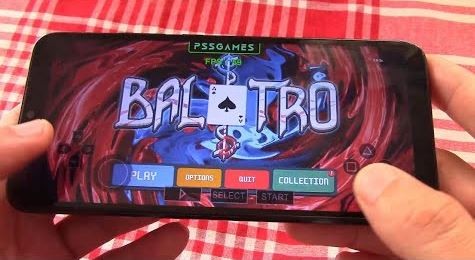The joker card, often seen in various card games, is more than joker card balance just a whimsical addition to a standard deck. Its vibrant imagery and versatile roles have made it a significant symbol in both gaming and popular culture. This article delves into the history, cultural implications, and various uses of the joker card, exploring why it continues to captivate our imagination.
Historical Origins
The origins of the joker card can be traced back to the 19th century in the United States. It was created as a trump card for the game of Euchre, a popular card game of the time. The joker, initially referred to as the “best bower,” served as the highest-ranking card in the game. As card games evolved, so did the role of the joker, finding its way into various other games and becoming a staple in modern decks.
The Design and Symbolism
Typically adorned with colorful illustrations, the joker is often depicted as a jester or clown, symbolizing mischief and unpredictability. The imagery varies widely across different cultures and brands, with some jokers showcasing elaborate costumes and others embodying a more minimalist aesthetic. This diverse representation highlights the joker’s role as an embodiment of chaos and spontaneity, traits that resonate across cultures.
The Joker in Card Games
In contemporary card games, the joker card is a wildcard, adding an element of surprise and strategy. Its uses vary depending on the game:
- In Poker, jokers can act as wild cards, substituting for any other card to create stronger hands.
- In Rummy, jokers can be used to complete sets or runs, enhancing players’ chances of winning.
- In games like Uno, a version of the joker can reverse gameplay or change colors, further emphasizing its unpredictable nature.
The joker’s ability to adapt to different games and rules illustrates its importance in fostering creativity and strategic thinking among players.
Cultural Impact
The joker’s influence extends beyond card games into literature, film, and art. One of the most notable representations is in comic books, where the Joker, a supervillain in the Batman series, embodies chaos and anarchy. This character’s popularity has led to numerous adaptations in films, television shows, and merchandise, solidifying the joker’s place in popular culture.
Moreover, the joker has become a metaphor for the unpredictability of life. It is often used in literature and art to represent the duality of existence—where humor and tragedy coexist. This symbolic weight gives the joker card a profound cultural significance, reflecting our understanding of life’s uncertainties.
The Joker in Gaming and Technology
With the rise of digital gaming, the joker card has found new life in online card games and casinos. Many digital adaptations retain the traditional roles of the joker, allowing players to enjoy its versatility in virtual settings. Additionally, the joker has inspired various video games and online platforms, where it serves as a symbol of luck, chance, and risk.
Conclusion
The joker card, with its rich history and multifaceted symbolism, remains an enduring figure in gaming and culture. From its origins in 19th-century America to its modern-day significance in digital platforms and popular culture, the joker embodies creativity, unpredictability, and the spirit of play. Whether you’re playing a casual game with friends or exploring its deeper cultural meanings, the joker continues to intrigue and inspire, reminding us of the playful chaos that life can sometimes bring.

